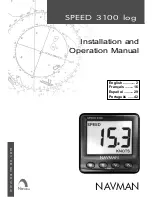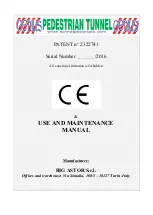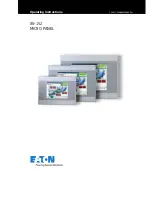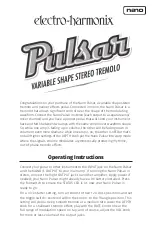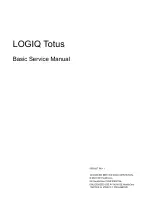
9
Kice Industries, Inc.
MAN-100-000-008
110722
Safety Precautions Continued
• Never place any part of your body under or near rotating members or moving parts of an airlock.
• Never allow any kind of metal or other foreign objects to enter an airlock.
• The rotor of the airlock is built into a housing which has connection flanges for product inlet and product outlet. All
airlock inlet and discharge openings must be completely enclosed, or closed to an adequate length, to prevent human
access to the rotor when the airlock is operating. They must remain enclosed until POWER IS TURNED OFF AND
LOCKED OUT. Keep away from an airlock when it is running.
• Do not manually override or electrically bypass any protective device.
• High voltage and rotating parts can cause series or fatal injury. Only qualified, trained, and experienced personnel
should perform installation, operation, and maintenance of electrical machinery. Make sure the motor and frame of
each airlock is grounded in accordance with OSHA, National Electric Code, and all other applicable regulatory bodies,
including local codes and EN ISO 60204-1 as required for the classified area.
• Operator/installer must ensure that all piping and connections are laid away from equipment access routes and steps.
• If an airlock is equipped with a maintenance panel incorporating any Protective Interlocking Limit Switch (PLS), the PLS
must be interlocked with all electrical controls so that all motors or powered devices on the unit will be de-energized
if any protected cover, guard, grate, or maintenance panel is open or removed. Never attempt to manually override or
electrically bypass the PLS safety device. Interlock function of the PLS must be tested and logged daily by supervisory
personnel.
• Any device powered by air or hydraulic pressure must be equipped with a properly functioning Padlockable Manual
Pressure Lockout and Internal Pressure Relief Valve (PLV) capable of safely relieving motive pressure between the
isolation valve and device.
• Any airlocks used in the processing of combustible materials or in hazardous environments require evaluation by the
owner and regulatory bodies to determine appropriate airlock monitoring equipment, dust control, explosion protection
and electrical equipment enclosures. Do not use an airlock in hazardous environments unless properly equipped for
the hazard.
• Operate safely at all times. Use personal protective equipment (PPE) such as hard hats, helmets, gloves, earplugs,
protective eyewear, etcetera when and where appropriate. Keep PPE in good repair and accessible to affected
personnel.
• Keep the workplace clean and free of dirt and dust at all times. Do not attempt to work on slippery or unsafe surfaces,
ladders or work platforms when maintenance or repair work is being performed on an airlock.
• Do not use a ladder or work platform unless it is in good repair and rated for the load required to complete required
airlock service. Do not exceed maximum load ratings when installing or servicing an airlock.
• Never stand under any kind of hoists or lifting mechanisms whether or not it is loaded or in operation. Never stand
under or near an airlock or component when it is being lifted.
• All airlock lifting devices must be inspected by qualified personnel before each use. Do not use a lifting device to
transport an airlock. Never use a lifting device that is damaged, deteriorated or in need of repair.
• Special attention must be devoted to outside contractors engaged to enter and perform work on an airlock or in the
workplace. Special care must be exercised to ensure all such personnel are fully informed of potential hazards and
plant safety procedures. Special emphasis should be placed on the use of explosion proof electrical, cutting, or welding
tools where required.
• It is ultimately the operator’s responsibility to apply the above listed precautions and ensure proper airlock use,
maintenance and lubrication. Keep these instructions and list of warnings with your machine at all times.
• It cannot be assumed that every acceptable safety procedure is contained herein or that abnormal or unusual
circumstances may not warrant or require additional procedures.

























